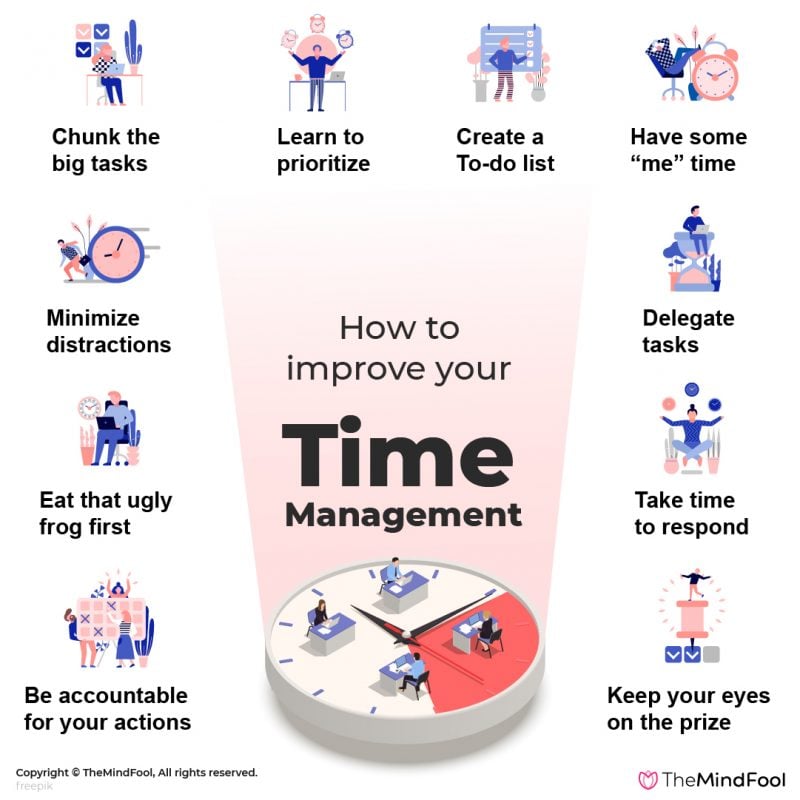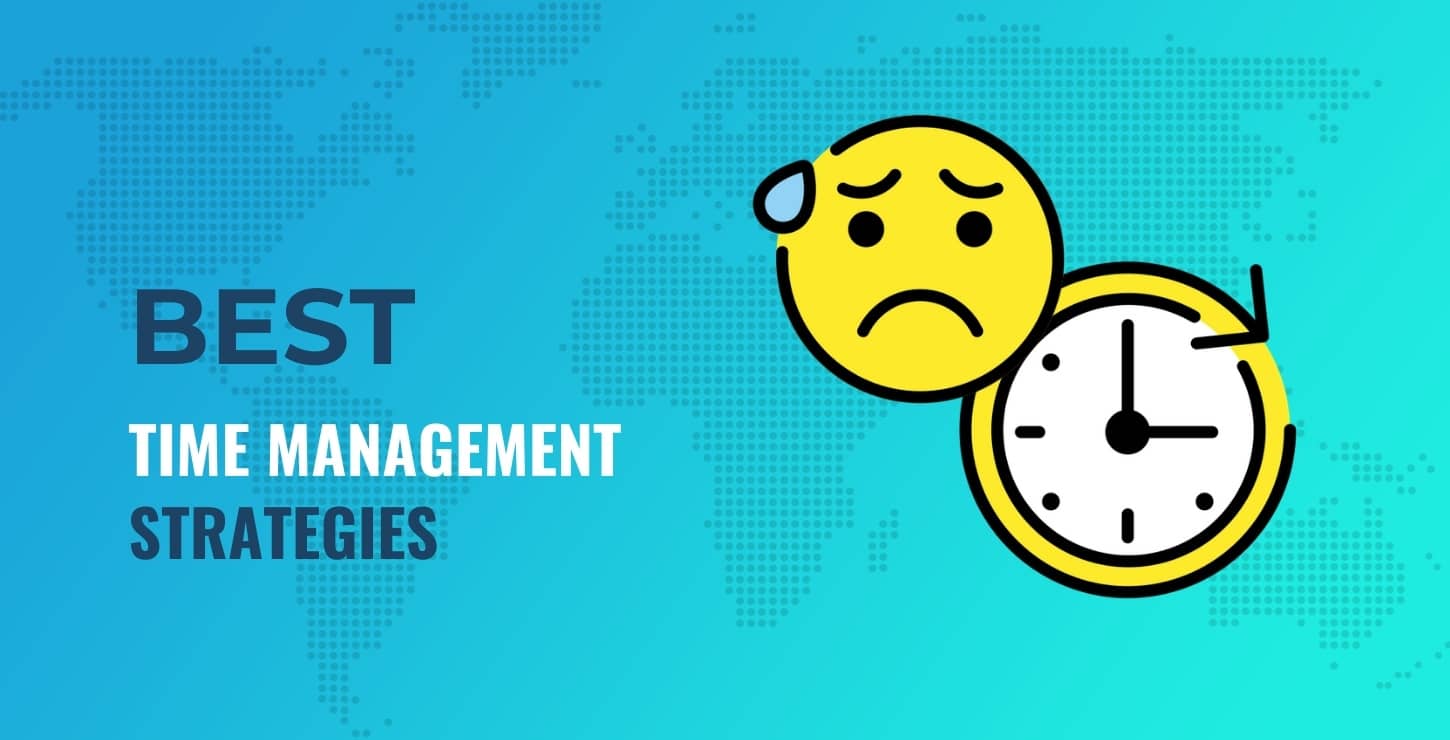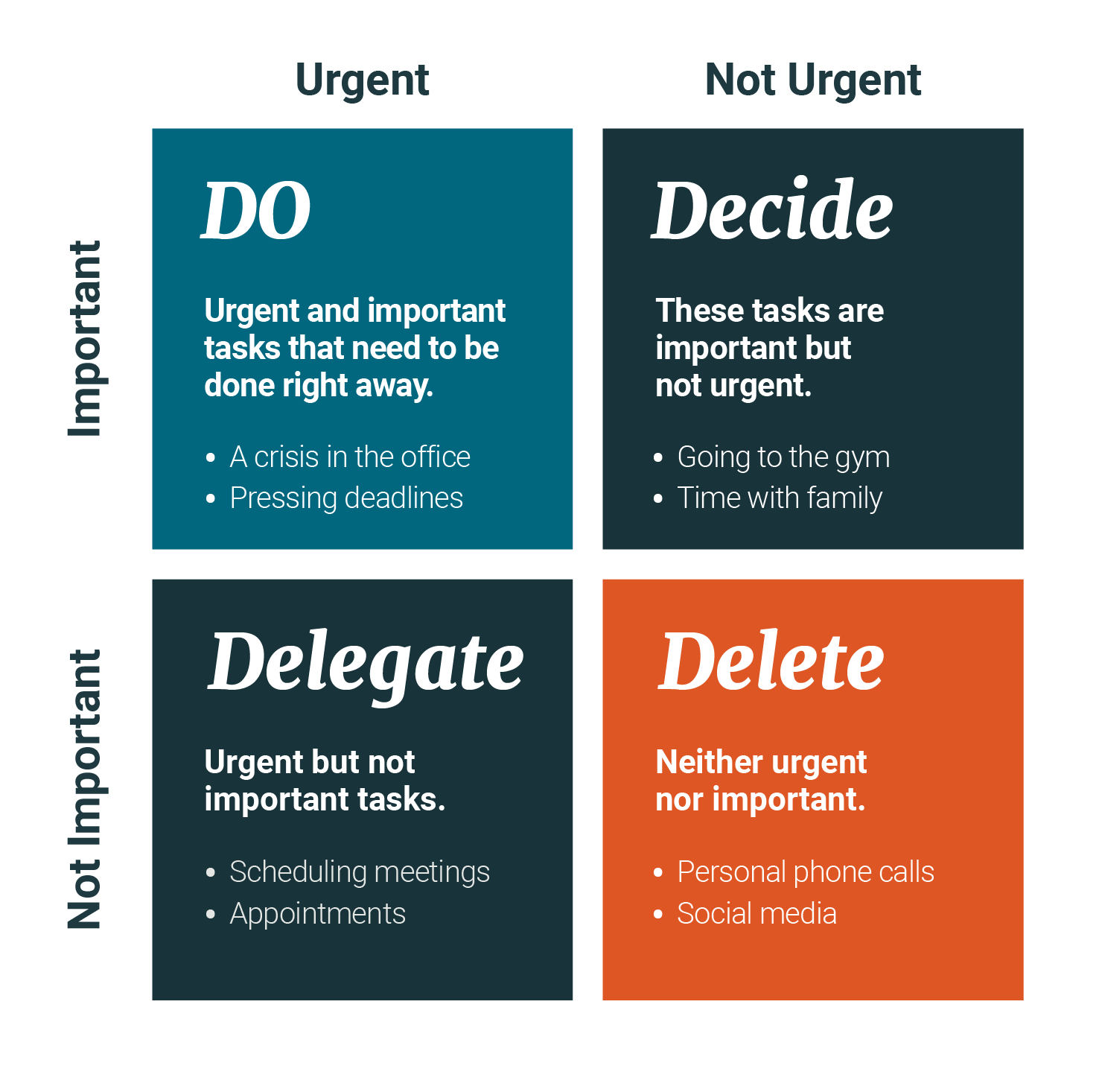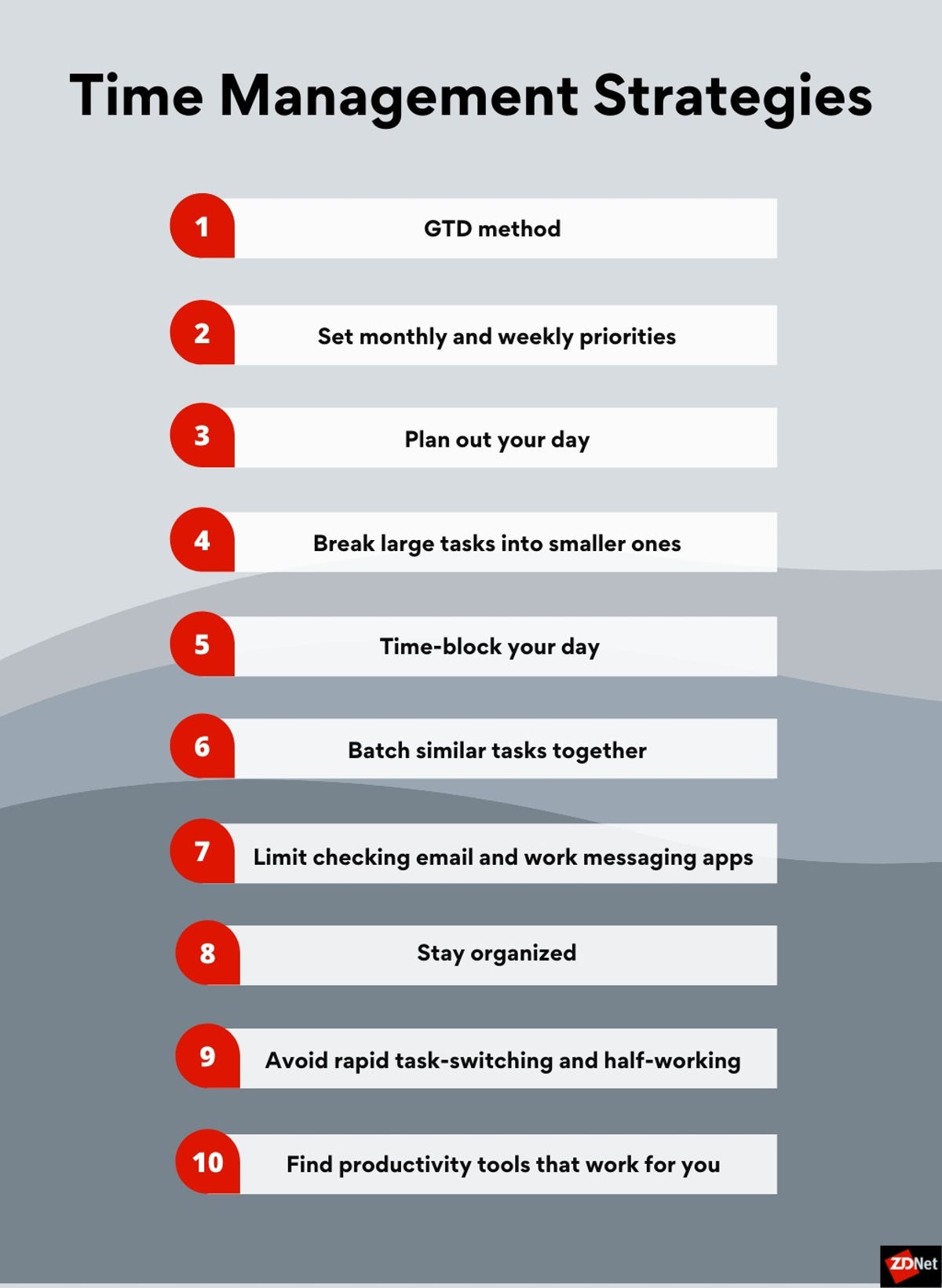Effective Time Management Techniques
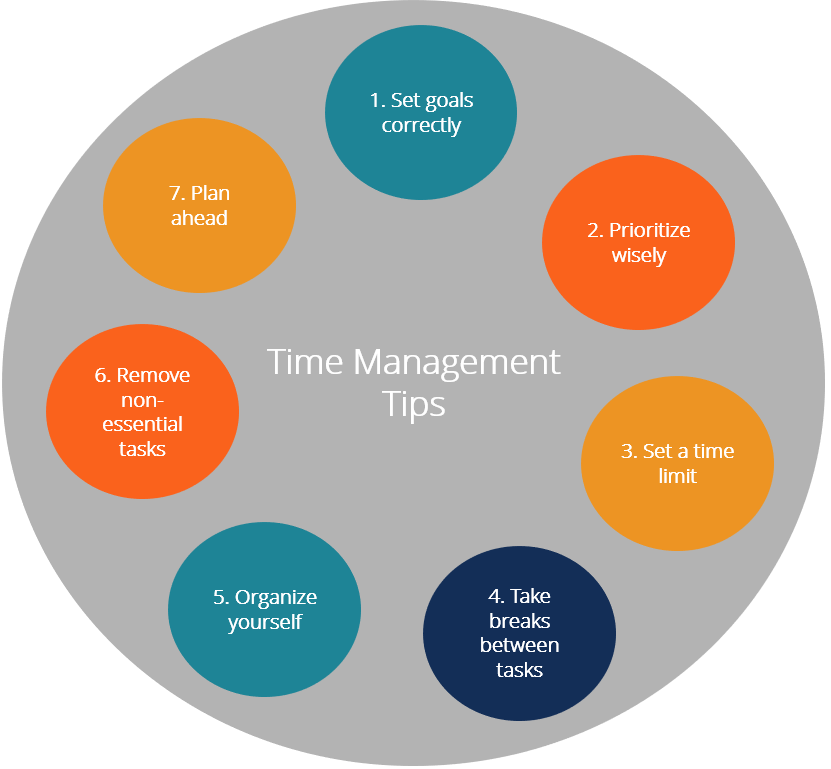
In today's fast-paced world, mastering time management has become increasingly crucial for individuals seeking to enhance productivity and reduce stress. From students juggling academics and extracurricular activities to professionals navigating demanding careers and personal lives, effective time management techniques offer a pathway to greater efficiency and a better work-life balance. But what strategies are truly effective, and how can individuals implement them in their daily routines?
This article explores various time management techniques, drawing on expert opinions and research, to provide a comprehensive overview of how individuals can optimize their time and achieve their goals. We will delve into practical strategies, including prioritization methods, scheduling tools, and techniques for minimizing distractions.
Prioritization: Identifying What Matters Most
At the heart of effective time management lies the ability to prioritize tasks. The Eisenhower Matrix, also known as the Urgent-Important Matrix, is a popular method that categorizes tasks based on their urgency and importance, helping individuals focus on high-impact activities. Tasks are divided into four quadrants: Urgent and Important, Important but Not Urgent, Urgent but Not Important, and Neither Urgent Nor Important.
Tasks in the "Urgent and Important" quadrant require immediate attention, while those in the "Important but Not Urgent" quadrant should be scheduled for later. "Urgent but Not Important" tasks can often be delegated, and "Neither Urgent Nor Important" tasks should be eliminated or minimized, according to David Allen, author of Getting Things Done.
Another useful technique is the Pareto Principle, also known as the 80/20 rule, which suggests that 80% of results come from 20% of efforts. Identifying and focusing on that crucial 20% can significantly boost productivity.
Scheduling and Planning: Structuring Your Day
Once tasks are prioritized, effective scheduling and planning become essential. Time blocking, a technique that involves allocating specific blocks of time for particular tasks, can help maintain focus and prevent procrastination.
Using digital calendars, to-do lists, and project management software can streamline the scheduling process. "Tools like Trello, Asana, and Google Calendar provide visual representations of tasks and deadlines, making it easier to stay organized," stated Dr. Emily Carter, a productivity consultant at TimeWise Solutions.
Regularly reviewing and adjusting schedules is also crucial. Unexpected events often arise, so it's important to build flexibility into your plan to accommodate changes without derailing your entire schedule.
Minimizing Distractions: Staying Focused
In today's digital age, distractions are ubiquitous. Social media notifications, email alerts, and constant interruptions can significantly hinder productivity. Creating a distraction-free environment is therefore paramount.
Turning off notifications, closing unnecessary tabs, and designating specific times for checking email can help minimize interruptions. The Pomodoro Technique, which involves working in focused bursts of 25 minutes followed by a short break, can also enhance concentration and prevent burnout.
Communicating boundaries to colleagues and family members is also essential. Clearly communicating when you need uninterrupted time can prevent unnecessary interruptions and allow you to focus on your work.
The Impact of Effective Time Management
Effective time management is not just about doing more; it's about doing the right things efficiently. By prioritizing tasks, scheduling effectively, and minimizing distractions, individuals can reduce stress, improve their work-life balance, and achieve their goals more effectively.
According to a study by the American Psychological Association, individuals who practice effective time management report lower levels of stress and greater overall well-being. Furthermore, improved time management skills can lead to increased job satisfaction and career advancement.
By adopting these techniques, individuals can take control of their time and create a more productive and fulfilling life. It is about finding the right balance and tools that work for each person's unique needs and circumstances.
.jpg)
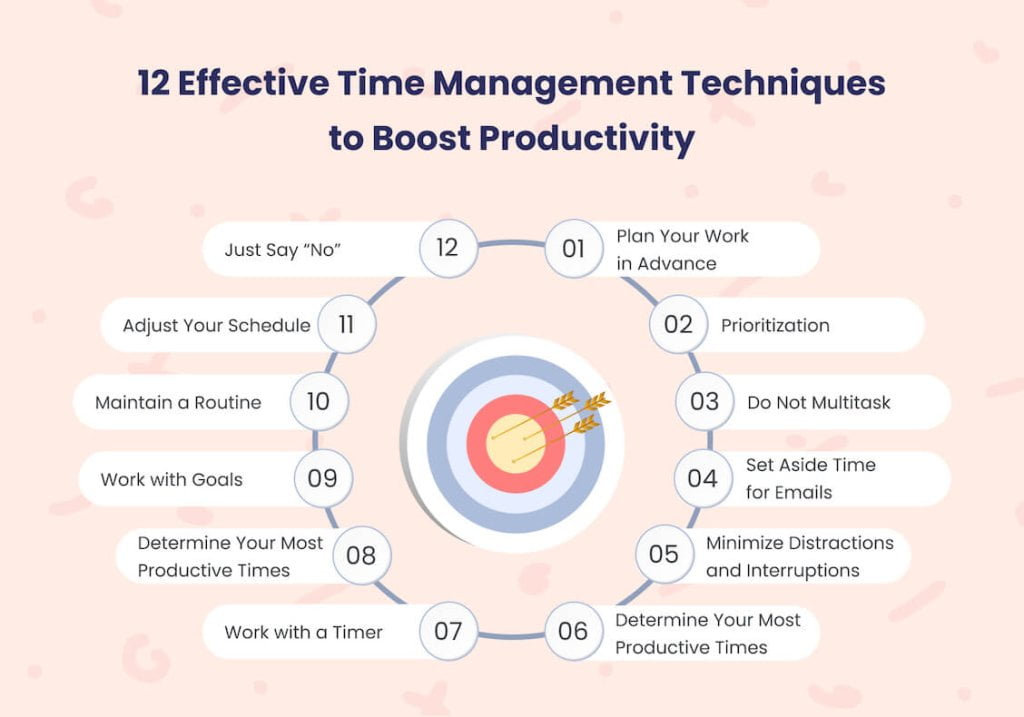



.jpg)

